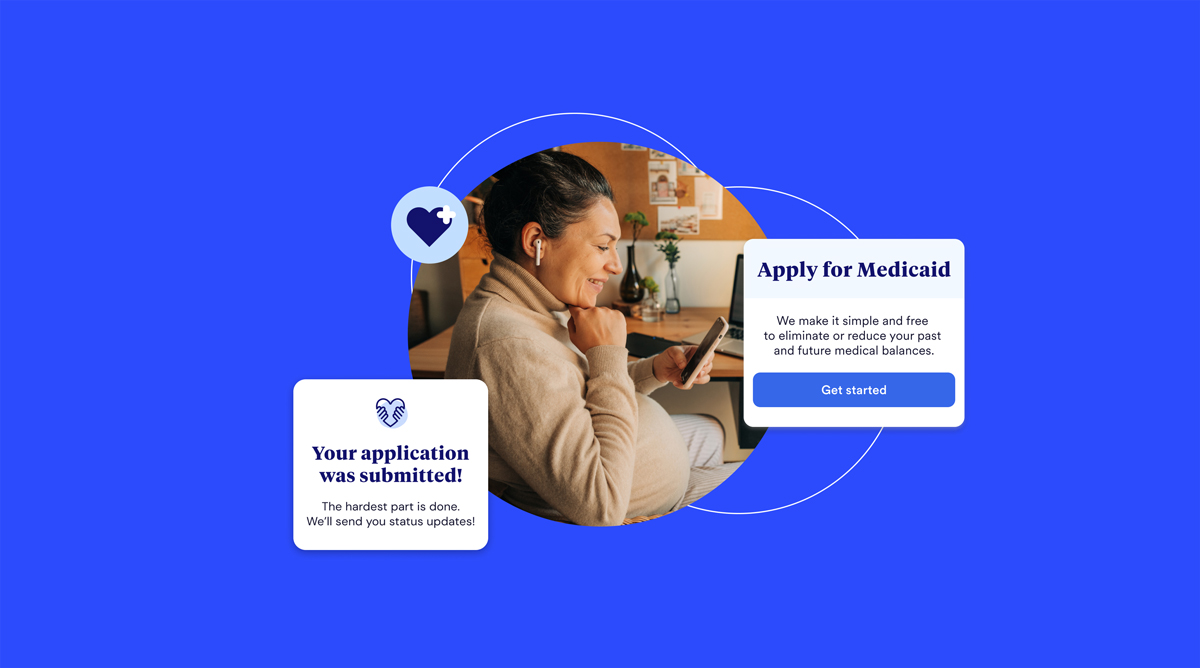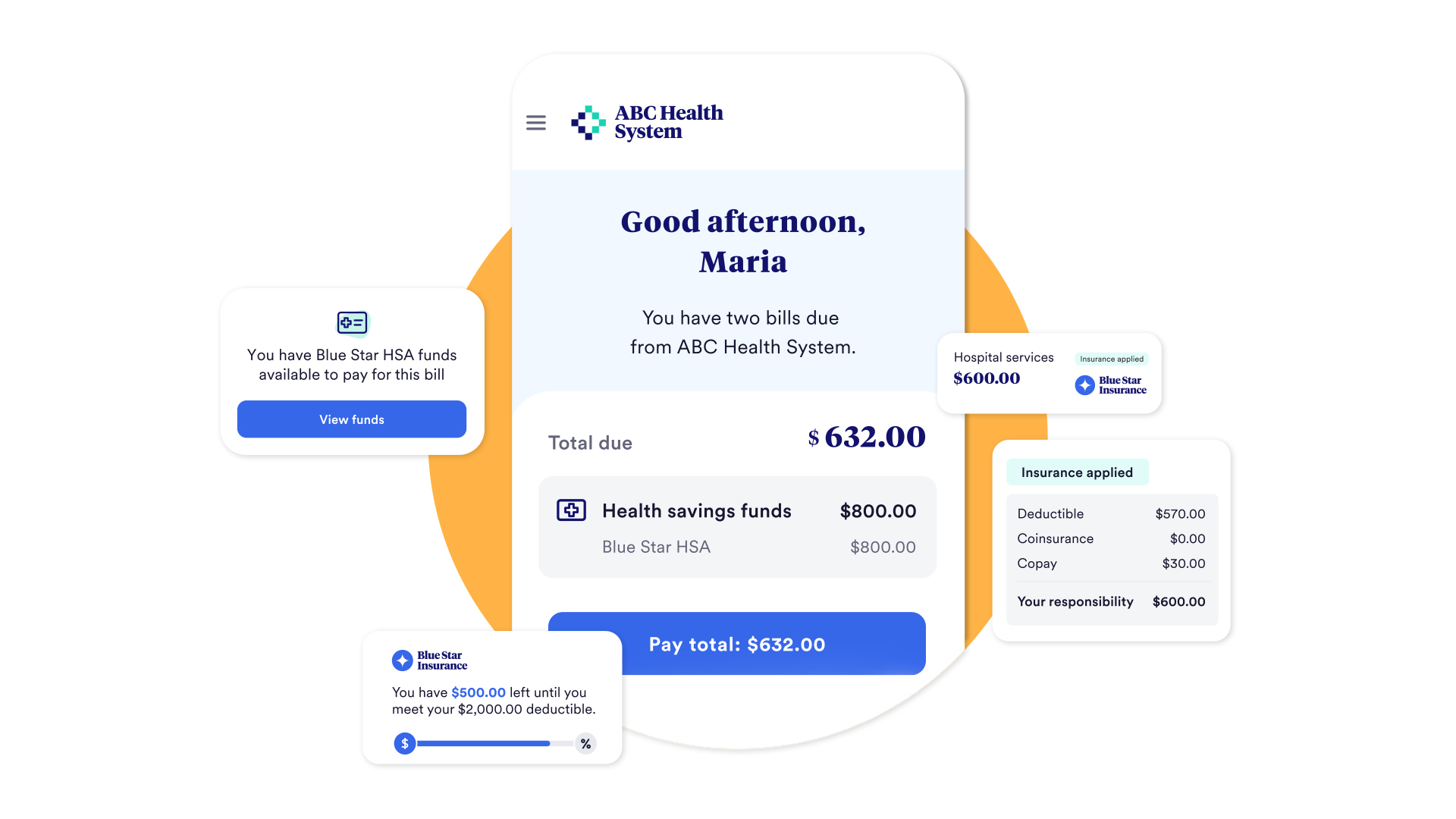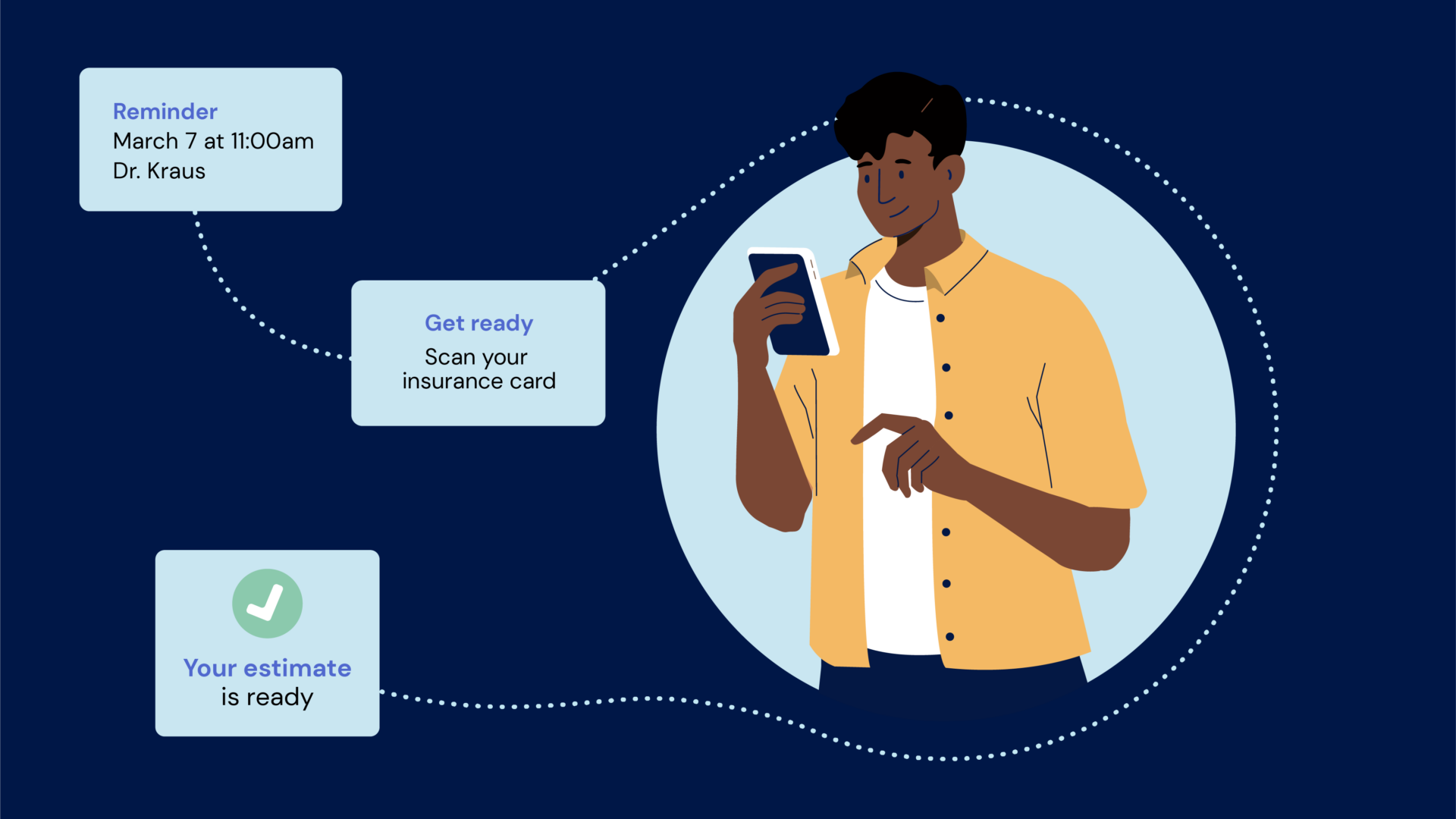At Cedar, we’re obsessed with creating the most patient-friendly billing experience possible — that’s why data is at the heart of everything we do.
The choices we make about the patient experience are guided by data insights and user research, and the continuous feedback loop we have with patients informs our decision making. From discovering why millennials are less likely to pay their healthcare bills than any other group to uncovering that one in 10 consumers simply won’t pay a bill if they don’t understand the administrative process, we are constantly experimenting to improve the patient financial experience and increase patient payments in the process.
That’s why we’ve released an update to our feedback survey to gain a deeper understanding of patient satisfaction around the digital payment experience. Specifically, our new survey will:
- Get a better understanding of how patients actually feel about the post-visit financial experience and the degree to which our product serves their needs.
- More accurately uncover patient experience opportunity areas and enable us to develop solutions that can help meaningfully improve patient satisfaction over time.
Although we have changed formats, we are continuing to give patients a super intuitive, lightweight survey experience that mirrors other surveys that they’re encountering on a day to day basis using consumer products. Our new survey aligns with American Customer Satisfaction Index (ACSI) — the only national indicator that measures customer satisfaction across the U.S. economy — and is based on CSAT (customer satisfaction score) methodology. As a point of reference, some 2020 CSAT scores from leading consumer brands include: Amazon (83%); Netflix (78%); UnitedHealthcare (72%); CVS Aetna (71%). Since we are all about the patient experience, we’ll be calling our new methodology “PSAT” — and we are excited to share our PSAT score of 88%!
Let’s double-click on the improvements we’ve made to the survey.

Improving our feedback loop
With the old feedback survey, after making a payment patients were prompted to provide feedback about the experience using a binary scale and comment field. So what was wrong with this approach?
- Sometimes we captured feedback around the overall care experience and/or clinical experience; this data was not valuable when it comes to helping us improve the digital billing and payment experience.
- The survey responses we got lacked the granularity that can give you a deep understanding of the spectrum of feelings from patient end users; this limited our ability to effectively analyze data, surface outliers and improve satisfaction over time.
- There may be biases due to how we worded the answers, in that the words used may be subjective and it could be difficult to accurately interpret aggregate data.
To understand how to approach these problems, we explored various rating scales used in consumer products (e.g., numerical; stars; emojis) and defined the following product principles to help us decide on what to build:
- Be clear: To collect the most useful data for improving the digital payment experience, it has to be clear for the end user what they’re being asked to rate. For example, while gauging patients’ willingness to recommend (i.e., Net Promoter Score) is interesting, it doesn’t really help us build a better product.
- Make it universally understood: Cedar engages patient populations that are representative of the general population and it’s important rating options are uniformly interpreted to avoid subjectivity. Using a star-based scale as an example, does a five-star rating indicate that a patient was bowled over by an amazing payment experience or does it just work as expected?
Honing in on what matters
To better measure patient satisfaction around the billing and payment experience and find out why, we are:
- Explicitly asking about the payment experience to capture a moment-in-time, so we are more accurately able to assess patient sentiment around the digital payment experience.
- Using a five-point scale with smiley face emojis to more effectively measure feedback, which are easy to understand by all and more expressive.
Looking ahead
With our new feedback methodology, we are continuing to collect open-ended, qualitative data, laying an even better foundation for future improvements. The feedback we are receiving will allow us to identify targeted opportunities to improve patient satisfaction over time, meaning we can continue building better products that lead to improved relationships and better business results. Additionally, in the future we will use the new survey in other parts of our product to measure patient satisfaction at different moments throughout the end-to-end user journey



